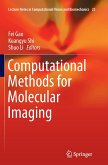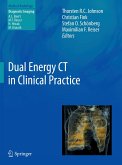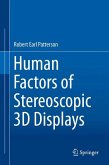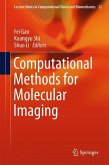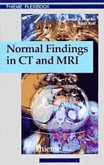Goals of the Book Overthelast thirty yearsthere has been arevolutionindiagnostic radiology as a result oftheemergenceofcomputerized tomography (CT), which is the process of obtaining the density distribution within the human body from multiple x-ray projections. Since an enormous variety of possible density values may occur in the body, a large number of projections are necessary to ensure the accurate reconstruction oftheir distribution. There are other situations in which we desire to reconstruct an object from its projections, but in which we know that the object to be recon structed has only a small number of possible values. For example, a large fraction of objects scanned in industrial CT (for the purpose of nonde structive testing or reverse engineering) are made of a single material and so the ideal reconstruction should contain only two values: zero for air and the value associated with the material composing the object. Similar as sumptions may even be made for some specific medical applications; for example, in angiography ofthe heart chambers the value is either zero (in dicating the absence of dye) or the value associated with the dye in the chamber. Another example arises in the electron microscopy of biological macromolecules, where we may assume that the object to be reconstructed is composed of ice, protein, and RNA. One can also apply electron mi croscopy to determine the presenceor absence ofatoms in crystallinestruc tures, which is again a two-valued situation.
Hinweis: Dieser Artikel kann nur an eine deutsche Lieferadresse ausgeliefert werden.
Hinweis: Dieser Artikel kann nur an eine deutsche Lieferadresse ausgeliefert werden.
"This book is the first book on discrete tomography. The editors have collected very aptly papers representing all possible directions in discrete tomography. For anyone entering the area of discrete tomography [the book] is a must as it is comprehensive and covers all major aspects of this field." -International Journal of Tomography & Statistics



